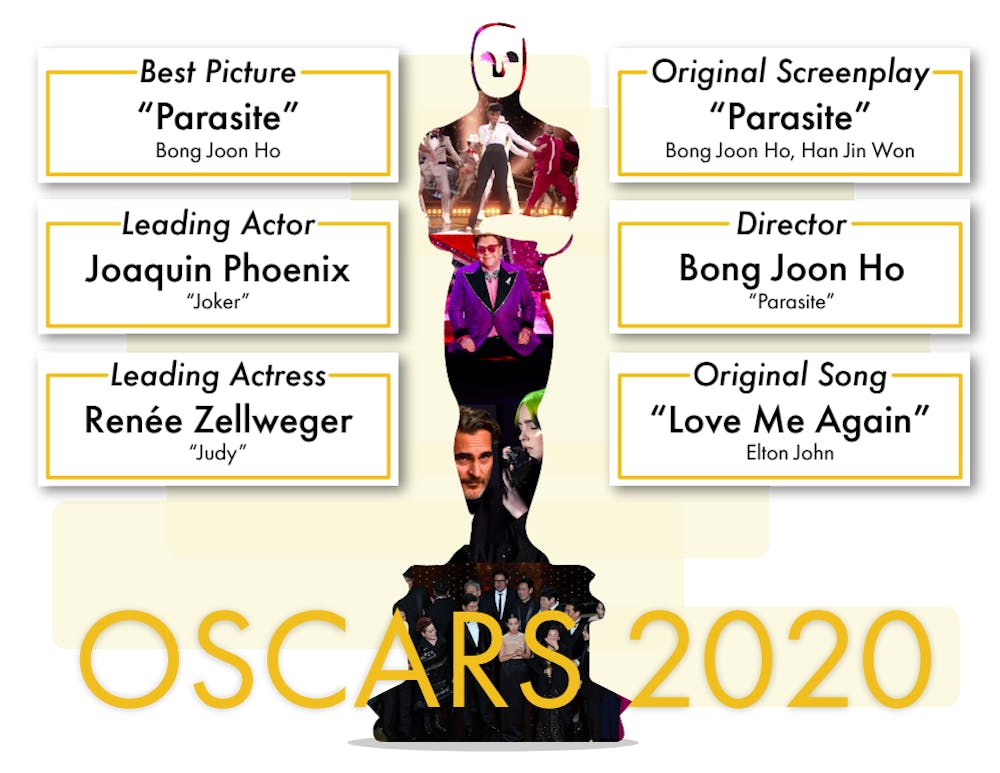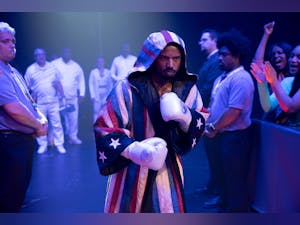From: Silver Screen
‘The Great Buster: A Celebration’ is a Bogdanovich love letter to comedy icon Buster Keaton

Even if one hasn’t seen Buster Keaton’s films, they are sure to have seen one of the many gags he created in other iconic films and television. Buster Keaton was not only an incredibly comedic performer, but also a filmmaking pioneer. In this entertaining tribute, Director Peter Bogdanovich shows just how his comedy bits and setpieces, especially in the 1920s, kept pushing the boundaries of what could be possible on the silver screen.
Buster Keaton started performing at a very young age for his parent’s comedy troupe. They would repeatedly do live sketches and jokes and they became quite popular in the Vaudevillian corner of the entertainment industry. This was essentially Buster’s school: his father taught him how to fall and not get hurt, as well as other tips and tricks that later helped him execute his works.
Director Peter Bogdanovich wants us to see how meticulous, methodical and careful comedy needs to be in order to pay off. Buster Keaton was thought to have an engineering mind that just so happened to be used for comedy. He would do epic, elaborate setpieces, all meticulously timed and often involving major pieces of machinery. Bogdanovich, however, also wanted to show how the performance of the comedian is instrumental in selling the comedy. In Keaton’s instance, the most noticeable quality is that of his big eyes. Although he wouldn’t do many facial expressions like some of his contemporaries, he would use his eyes to express a wide range of emotions. Emotions that are played straight in overtly absurd situations really sells not only the comedy, but also the story it’s trying to convey.
Although Keaton found great success with his silent pictures, it was not until the era of the talkie where things started to go downhill for him. It was not that he couldn’t speak well, it was just that things started to change, and he signed on to MGM, which put him in a system that chewed him up and spit him out. He was unable to express himself artistically, nor was he given the time or opportunity to develop and direct his own works. This lack of control hurt Keaton, and he began drinking heavily. His last two marriages also failed and it seemed like he could never be the same man again.
Despite all of this however, the documentary does a good job of showing just how timeless physical comedy can be. Years after these movies came out, Keaton was still beloved and considered a comedy legend. He would appear in different commercials, movies and television shows that brought back and energized his comedic sensibilities. The different guest interviews in the documentary included Mel Brooks, Carl Reiner, Bill Hader, Quentin Tarantino and even Johnny Knoxville. All of them said the same thing: Buster Keaton was one of a kind and his comedy inspires their works to this day.
The documentary is structured in an interesting way. Bogdanovich shows the end of Keaton’s life in the middle of the documentary, while revealing his highs at the end. The film was done with a complete respect to the performer, and is more interested in celebrating his works and life. Some may find this unsatisfactory and would want it to go deeper, but this film does what it sets out to do, celebrate the life of a great physical comedian.
Grade: B
The film opens in limited engagements on November 9




